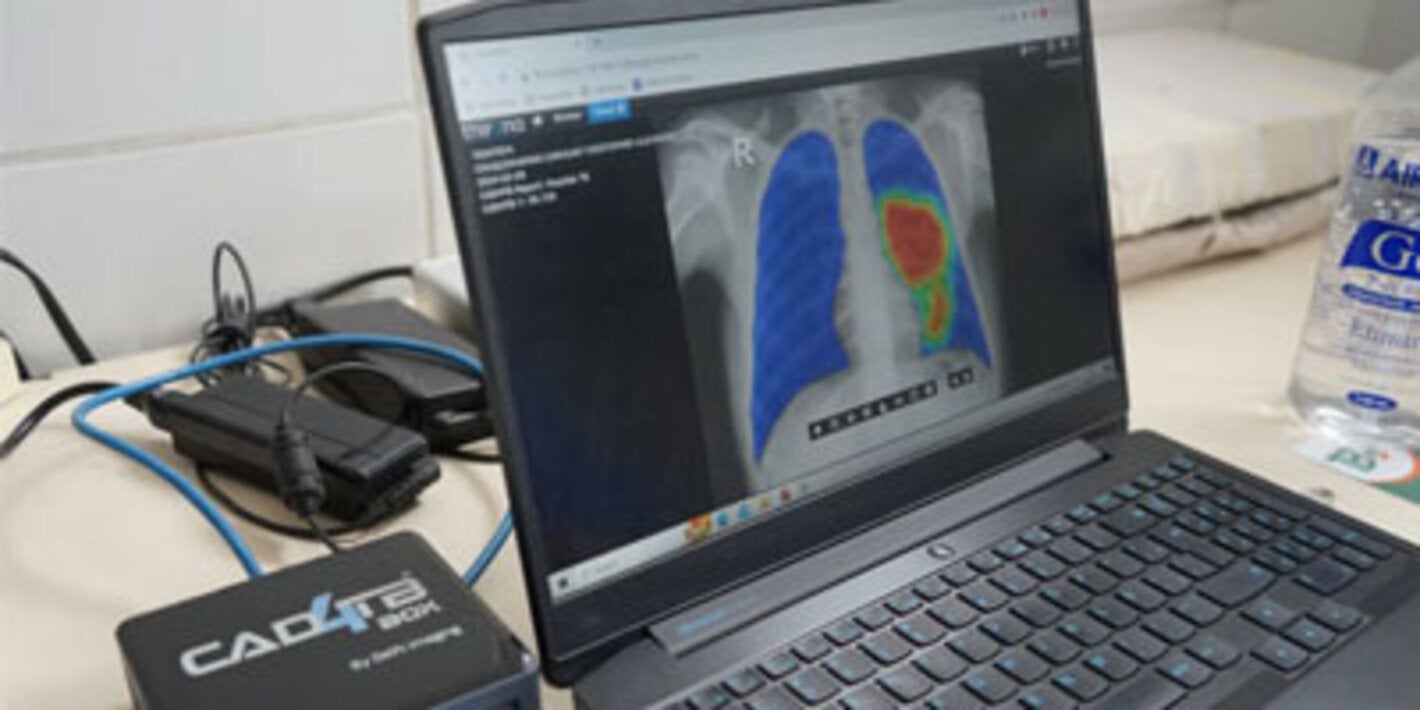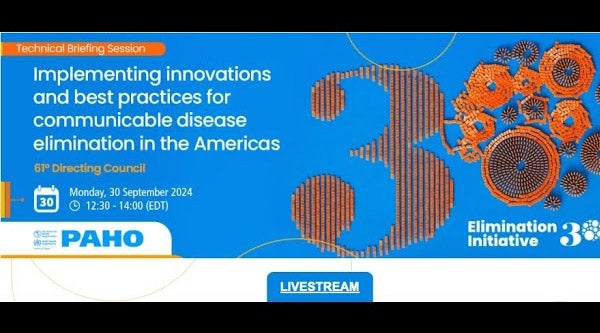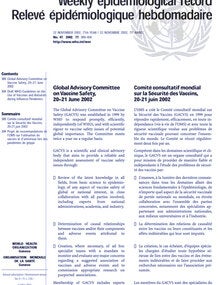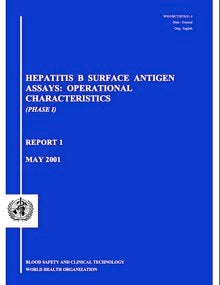SUBMENU
Viral hepatitis takes up a significant share of diseases and mortality globally. It is estimated that 57% of cases of liver cirrhosis and 78% of cases of primary liver cancer are due to hepatitis B or C virus infections. In 2010, the World Health Assembly (WHA) recognized hepatitis as an important public health program and designed July 28 as the World Hepatitis Day. The WHA called for a comprehensive response in the fight against hepatitis. Since then, PAHO and WHO have mobilized countries and partners to join efforts and develop strategies to combat hepatitis at both global and regional levels.
Key facts
- The Region has made great strides in vaccination efforts since hepatitis B vaccines were first introduced. Every country and territory has included hepatitis B vaccine in its immunization schedule for children, and 31 of the 51 countries and territories have included hepatitis B birth dose for all newborns.
- Although serological tests for screening are widely available in the Region, access to more advanced laboratory tests to support treatment decision and monitoring are still limited. So far, only 25 countries have reported the capacity to perform nucleic acid tests for both HCV and HBV.
- Access to HCV treatment with direct-acting antivirals (DAA) is limited in the Region. 17 countries have these medicines available and recommend them for first-line therapy for chronic hepatitis C. However the number of people receiving the treatment is very limited.
Fact sheet
- More than half of the countries in the Americas (57%) have national strategies or plans for prevention, treatment and control of viral hepatitis. Only 54% of countries have goals for the elimination of hepatitis B.
- Birth dose vaccination during the first 24 hours is key to prevent HBV mother to child transmission and routine infant vaccination is the cornerstone for achieving population-based immunity to HBV to prevent transmission among all age groups. The Americas has made great progress towards the elimination of hepatitis B mother to child and early childhood transmission and is the Region with the lowest seroprevalence of chronic HBV in children aged 5 years.
PAHO Response
- In the Americas, the Member States of the Pan American Health Organization (PAHO) approved a Plan of Action for the Prevention and Control of Viral Hepatitis 2016-2019 to catalyze public health efforts for preventing and controlling viral hepatitis, with emphasis on hepatitis B and C.
- The regional plan is aligned with the WHO Global Health Sector Strategy on Viral Hepatitis 2016-2021, which was approved by the 69th WHA in May 2016. This strategy presents the first set of global hepatitis targets, including a 90% reduction in new cases of hepatitis B and C by 2030, and a 65% reduction in mortality. The ultimate goal is to eliminate viral hepatitis as a major public health threat by 2030, halt transmission and ensure access to safe and affordable care and treatment for people living with hepatitis.
- PAHO/WHO is supporting countries' efforts to improve surveillance and information systems for viral hepatitis and to establish plans and programs to strengthen hepatitis prevention and treatment in the region.
- PAHO/WHO is also promoting integrated prevention, control, diagnosis, treatment and monitoring of all hepatitis viruses.














